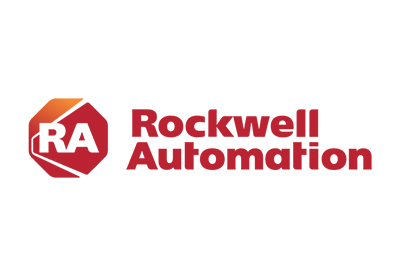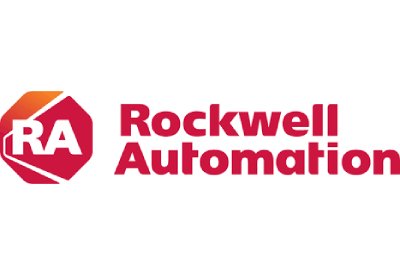Make the Most of Your Electrical Control System Upgrade

October 6, 2018
An aging electrical control system can lead to unplanned downtime and safety risks. When the time comes to replace it, make sure to choose your strategy wisely.
Some companies opt to simply replace their legacy system with a newer version of the same technology. While this approach may deliver improved system reliability, shouldn’t you get more from such a major infrastructure investment?
Especially today as industrial operations become more digitized, replacing one hard-wired solution with another can leave you at a competitive disadvantage as your competitors go digital.
That’s why you should consider unifying your electrical and process control systems into one infrastructure. By unifying these two systems – and their data – into one digital operating environment, you can gain deeper visibility into your plant-wide operations. This can help you increase asset utilization, better manage energy usage, improve maintenance and more.
One company, for example, implemented a digital system to unify control data. This move cut equipment failure-related downtime by 27 percent and maintenance troubleshooting by 35 percent.
Unify and Digitize
The traditional approach – having separate electrical and process control systems – comes with challenges. You have more vendors to manage, duplicate visualization and reporting platforms and limited access to electrical device data.
Unifying these systems with intelligent packaged power can simplify your supply chain and your operations. It can also reduce the potential for integration challenges that can come with using different technologies from multiple suppliers.
But perhaps more importantly, a unified system that’s built on a digital foundation can help your workers make smarter, faster decisions.
According to an ARC Advisory Group study, about two-thirds of new plants use some sort of smart devices in their overall electrical system. Connecting to these devices and collecting the wealth of information they provide can give workers visibility into electrical equipment conditions and events. This can help them more quickly identify, diagnose and repair faults.
Also, a unified operating environment allows workers to identify and address issues in upstream electrical equipment before they create problems in the process control system. For example, even before an alarm sounds, workers could be alerted to a potential motor failure and start making repairs – all before the failure affects equipment performance.
A unified, digitized infrastructure can also enhance safety by providing remote access to information from high-voltage substations. Instead of entering a potentially hazardous high-voltage substation, technicians can quickly determine the source of an event or alarm and take corrective action, all from a remote console or even a smartphone.
Smart Savings
Up front, implementing an intelligent packaged power system can be dramatically less expensive than a traditional system. That’s because traditional hard-wired systems can require five times more engineering time and installation labor. Also, a hard-wired approach requires working with more vendors, which can add risk to your budget and your timeline.
Longer-term, a unified system can save you even more by minimizing downtime, streamlining maintenance, reducing energy usage and enhancing worker safety.
So, when replacing your electrical control system, ask yourself: Why reap minimal value from a replacement-in-kind strategy when you can do more and save more? Learn more about intelligent packaged power solutions.
For more information HERE






